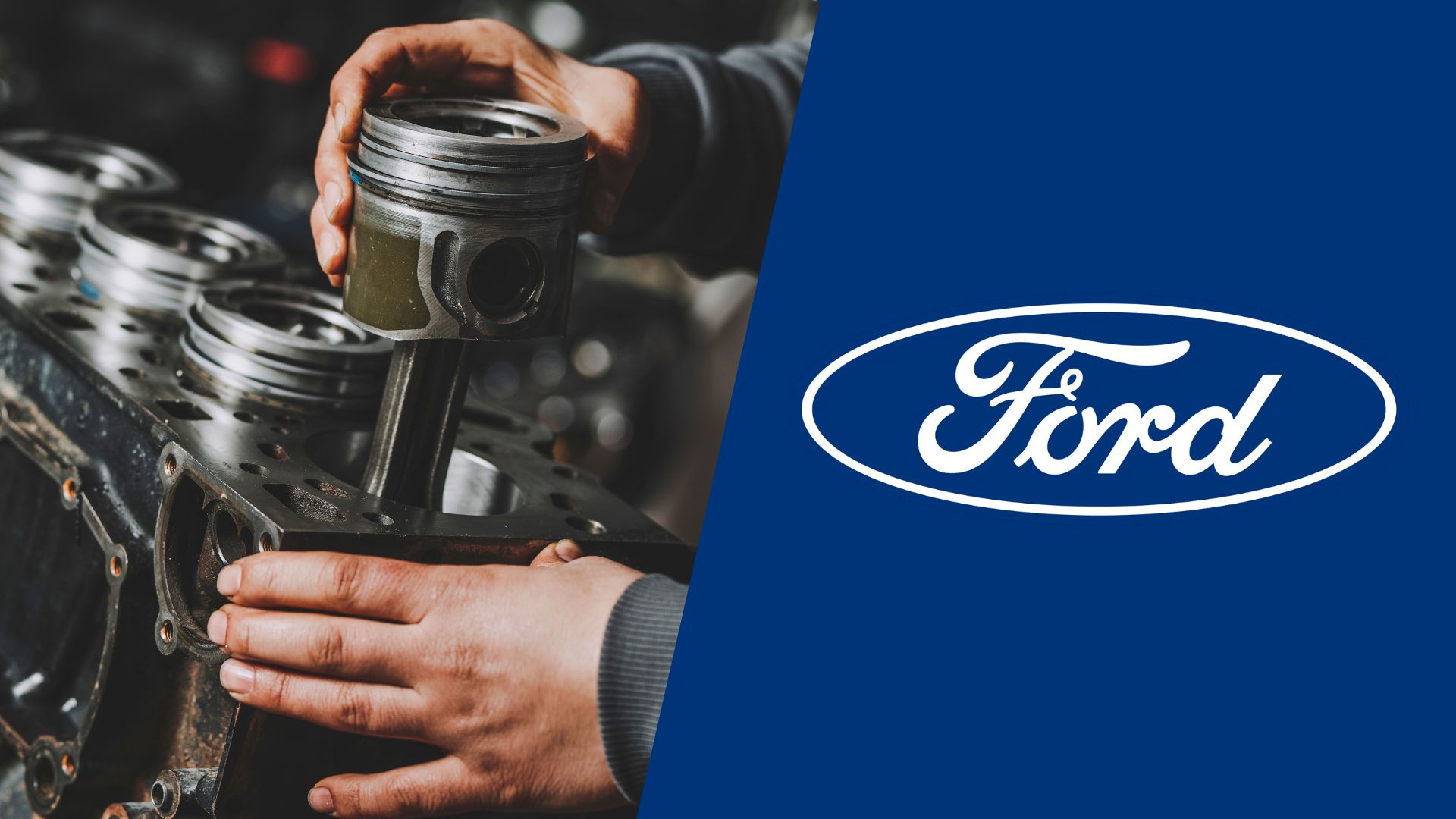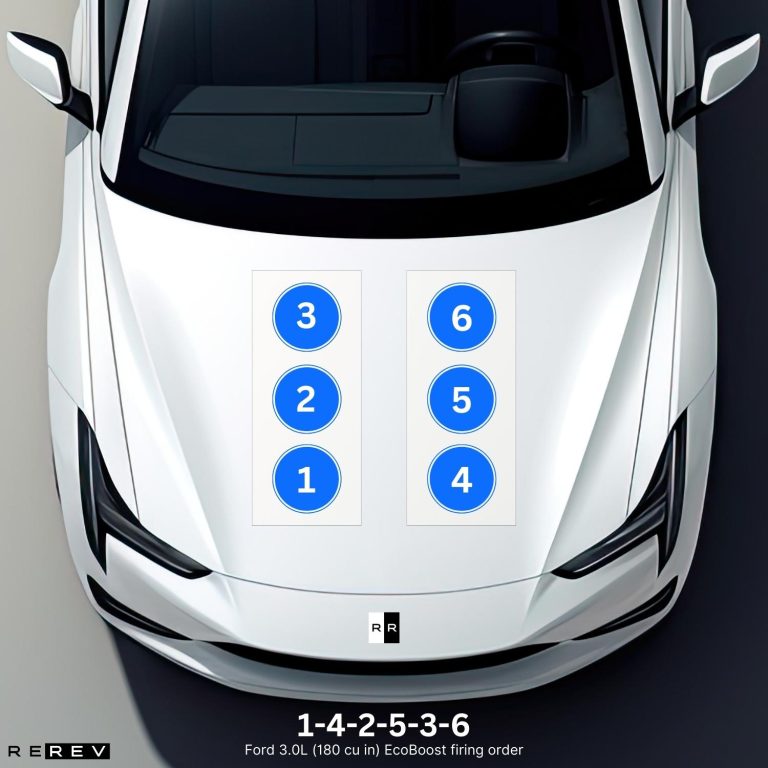Ford 3.0L (180 cu in) EcoBoost firing order — diagram & guide
Elevate your engine knowledge with the Ford 3.0L EcoBoost firing order.

After the successful introduction of the 2.0-liter and 2.7-liter EcoBoost engines, Ford decided to up the ante with the more powerful 3.0L EcoBoost. This one seemingly had the same layout and cylinder order as the 2.7-liter one, but there are a few differences that make it stand out.
So, it’s no wonder that the Ford 3.0L (180 cu in) EcoBoost firing order became a mystery we wanted to solve through this guide. We’ll be giving you some key details on the cylinder firing sequence, their order within the engine, and the differences between this one when compared to other EcoBoost engines.
Ford 3.0L EcoBoost firing order
To give you a straight-up answer, the Ford 3.0L EcoBoost firing order is 1-4-2-5-3-6, so it’s the same sequence that the 2.7-liter and 3.5-liter EcoBoost engines use.
This is mostly due to the similarities in the bore stroke and the CGI engine block, as well as the shared base cylinder head that they use. It also makes sense that the firing order is the same with a previous 2.7-liter engine since it’s more or less the same base engine, only the 3.0-liter has an increased bore stroke.
Ford 3.0L EcoBoost cylinder diagram

When it comes to the way that cylinders are positioned within this engine, it’s also pretty much the same as with the 2.7-liter Nano. In fact, the order completely matches it once again, so you have cylinders 1, 2, and 3 on the right side, and 4, 5, and 6 on the left side, looking from the front of the engine.
The closest cylinder to the radiator is therefore the cylinder number one on the passenger’s side, so you can follow the distributor connections in order to check for any signs of issues that could lead to cylinders misfiring.
Ford 3.0L EcoBoost vehicle applications
This new 3.0-liter engine replaced the 2.7-liter EcoBoost in most vehicles in 2016, but they were also used interchangeably, so some of the models overlap. Here’s a complete list of cars that use the Ford 3.0-liter twin-turbo engine:
- Ford Explorer
- Ford Explorer ST
The engine is also used in several Lincoln models including the Aviator, MKZ, and Continental, while there’s a discussion of it being integrated into the F lineup as well.
Our take
In the end, it turns out that the 3.0L EcoBoost is rather similar to the 2.7-liter and 3.5-liter high-performing engine.
At least that stands for its firing order and cylinder placement, so we hope to have cleared that out for you to ensure that you service the engine properly and check the cylinders in exact order.